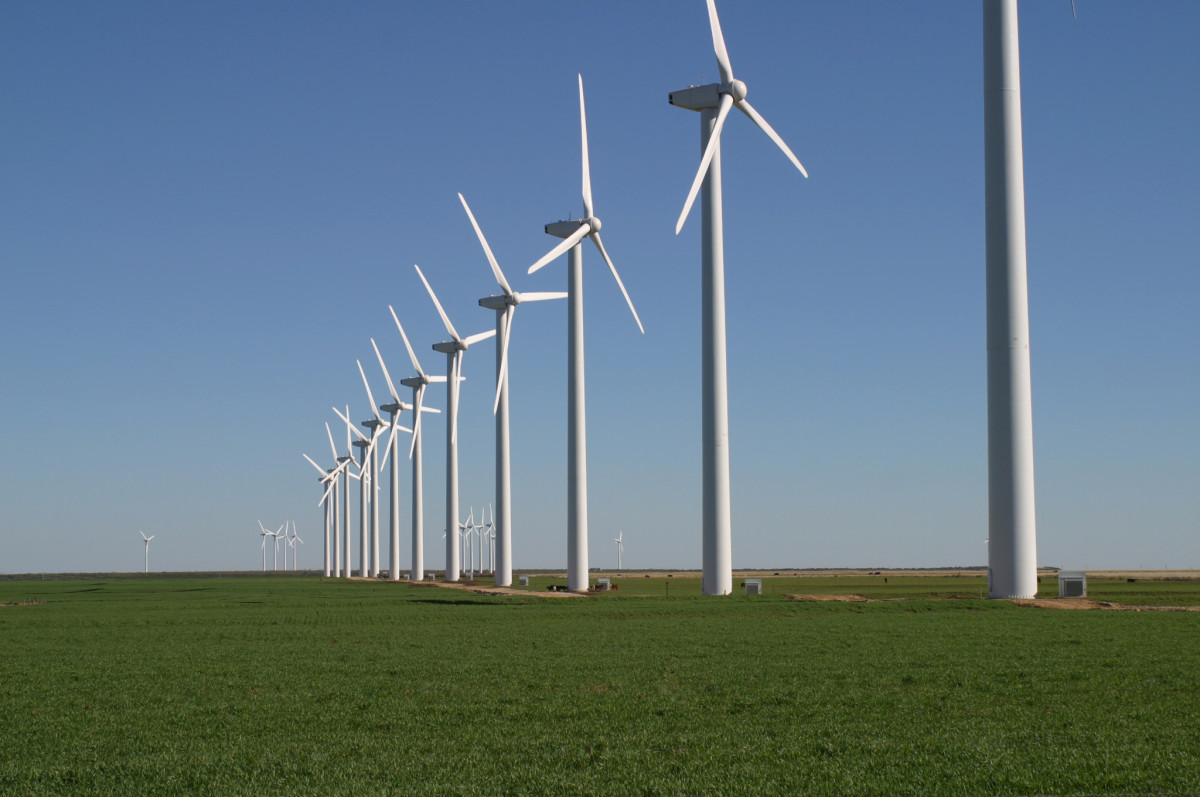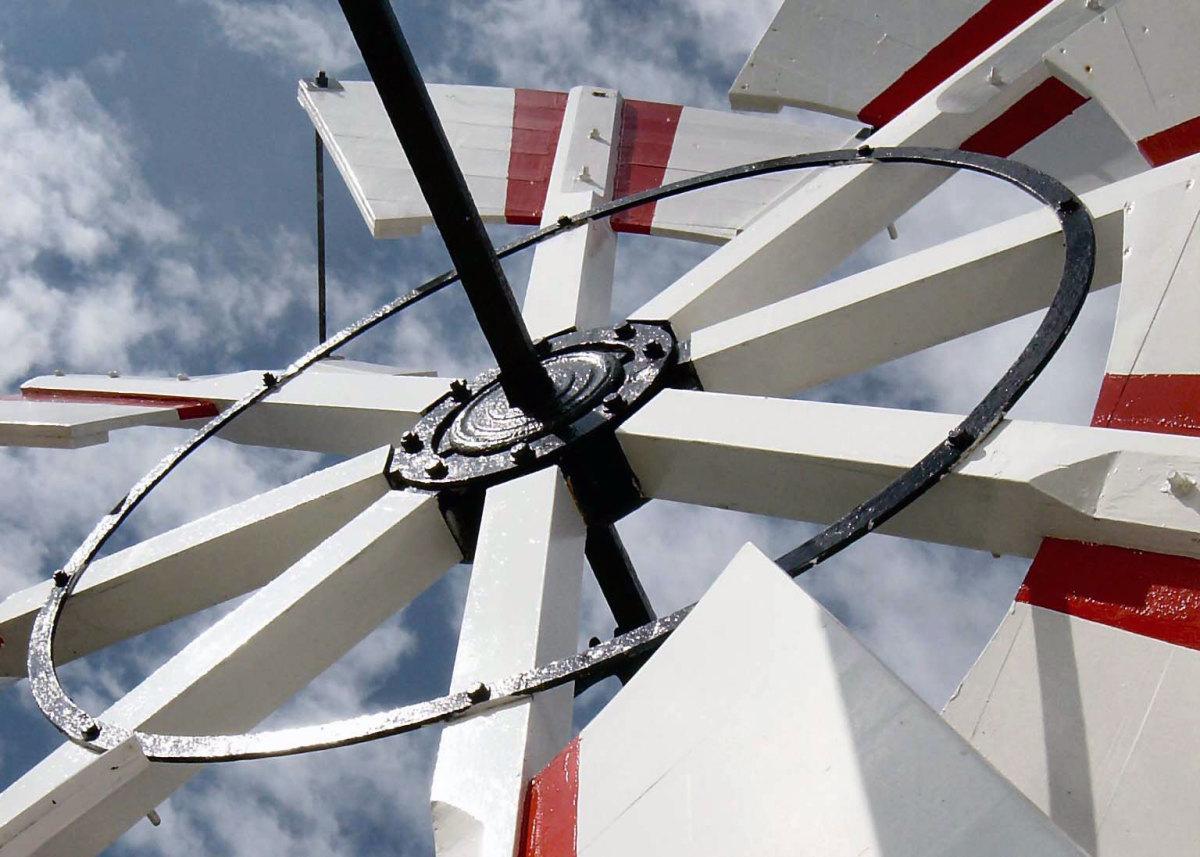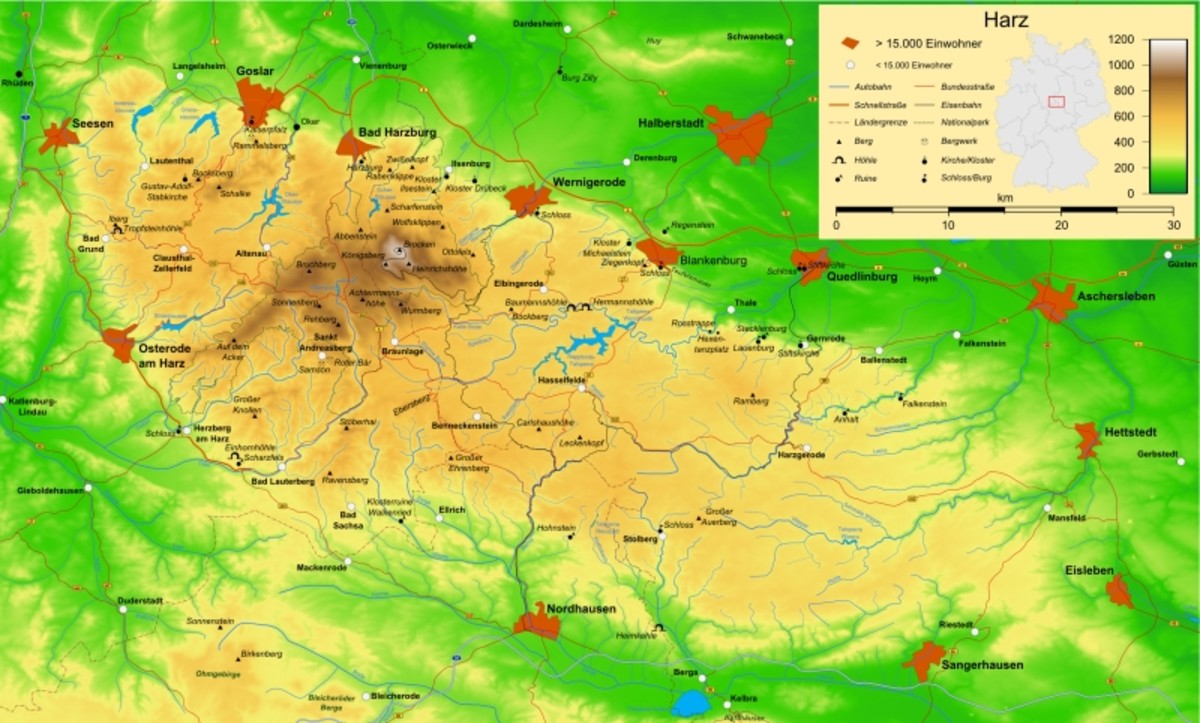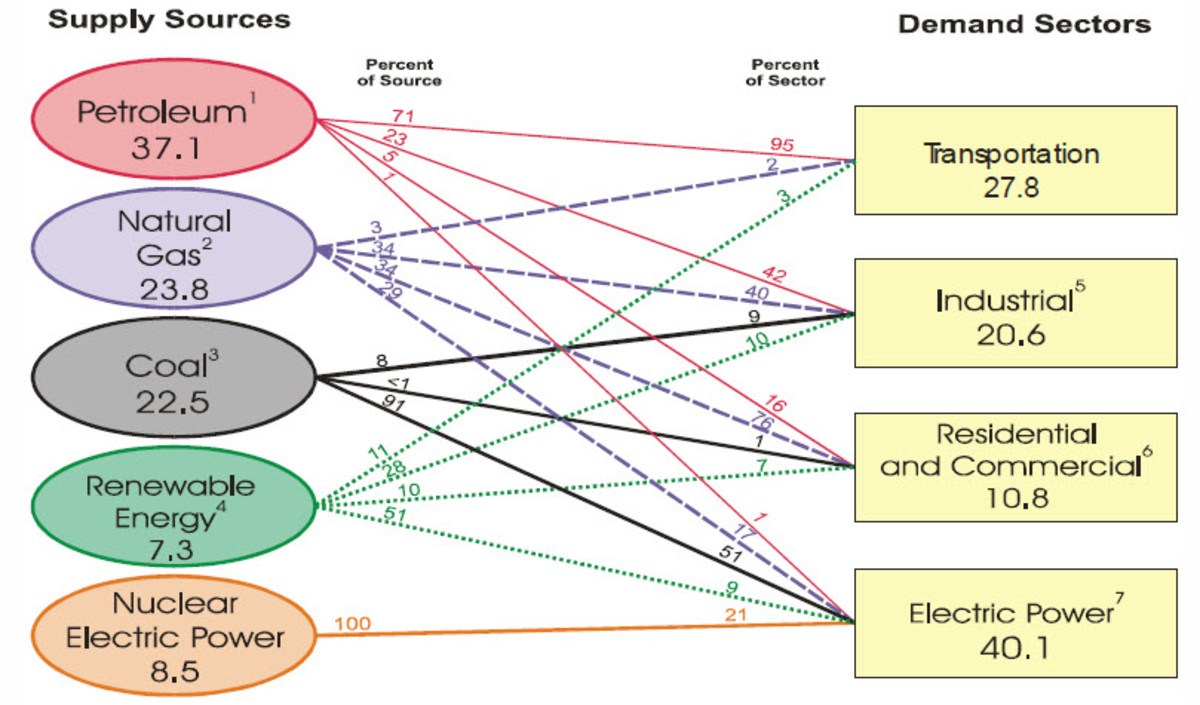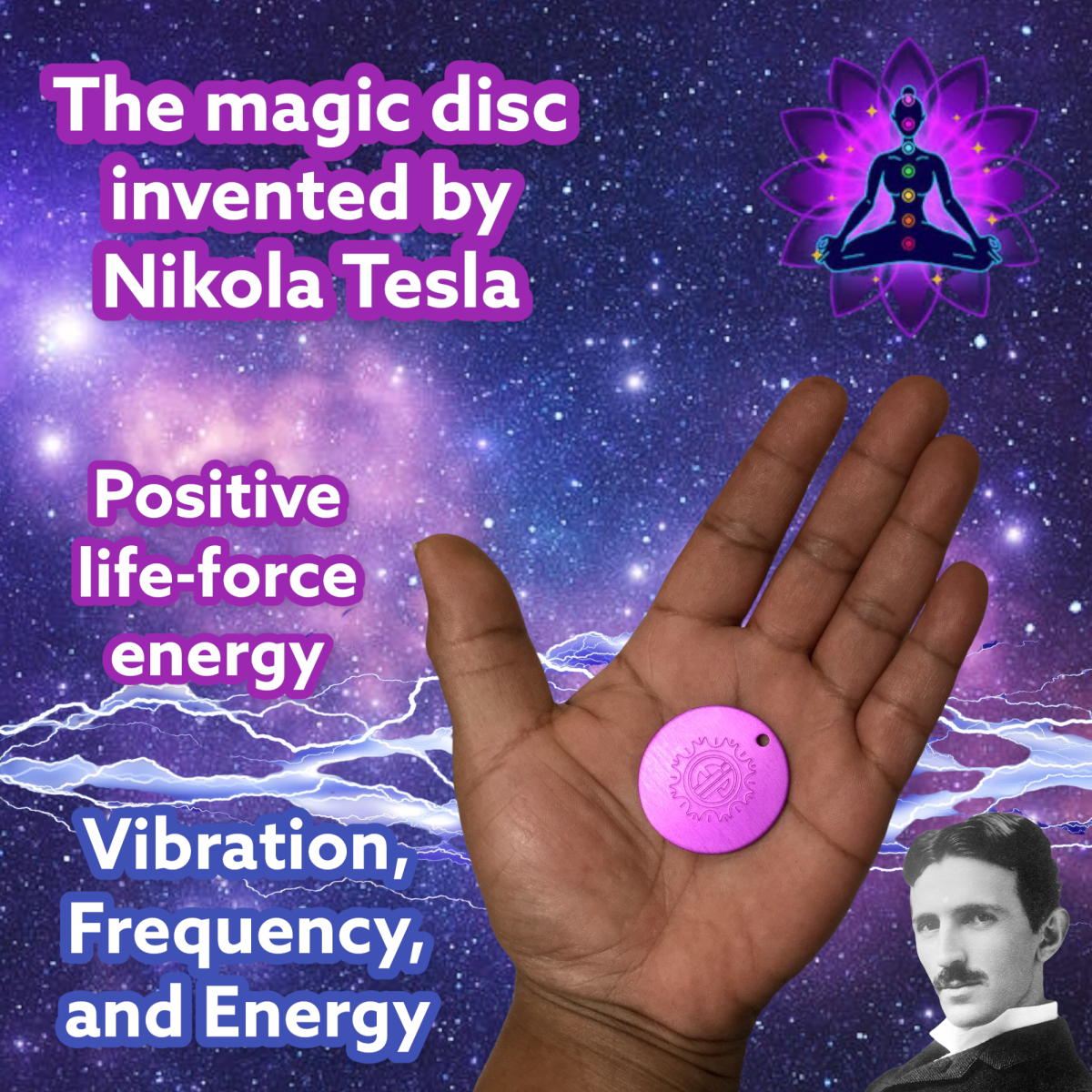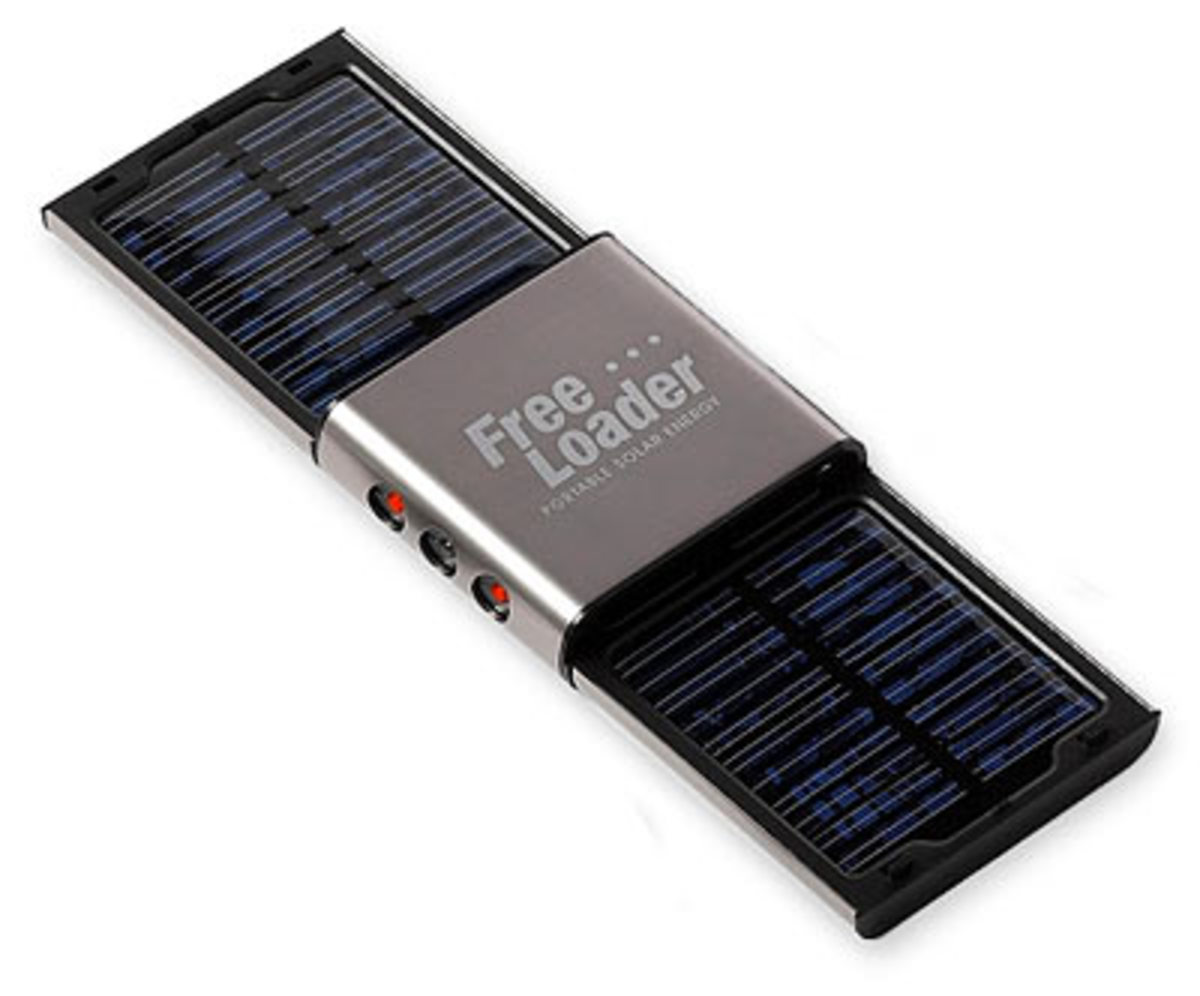Advantages (Pros) and Disadvantages (Cons) of Wind Energy
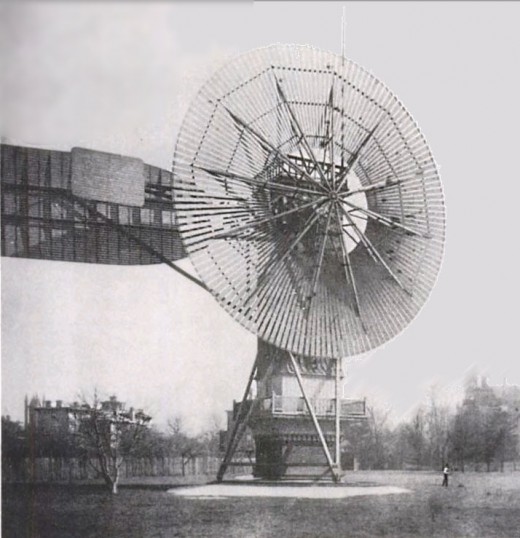
Advantages and Disadvantages of Wind Energy.
In this age of global warming, rising energy consumption needs and cost-efficiency driven approaches to energy production it is only sensible to look towards renewable sources of energy production. One such approach is to produce electricity using wind energy. The rationale behind wind energy production is that the convection currents in the Earth’s atmosphere caused by the Sun are packed with Kinetic Energy which can be harnessed to produce electricity from a completely renewable source of energy. As a toxic-free and cost-efficient renewable source wind energy has a lot of potential to become one of the major sources of electricity generation of the future. However like most things in life wind energy too comes with some pros and cons. The advantages and disadvantages of wind energy are as follows:
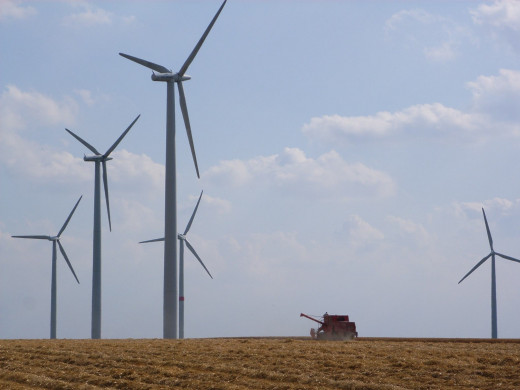
Advantages (Pros)
(1) Renewable Energy – Wind Energy is a renewable source of energy which means that it can be used again & again without fear of running out because so long as the sun is there the convection currents will continue to be produced and it is up to us to harness it for energy production.
(2) Pollution Free – Wind Energy is virtually pollution free in that it doesn’t involve the release of harmful greenhouse gases into the atmosphere that not only contribute to global warming in the upper portions of the atmosphere but also leads to respiratory problems and diseases amongst the most affected population.
(3) Cost Efficient – The cost of production has drastically fallen over the years with the introduction of newer and more efficient technologies. As wind farms require minimal space to be setup, the spare land can be used for everything from agriculture to raising cattle. The low cost of production is essentially because the main fuel source used in wind energy being ‘wind’ is given free by mother nature and so unlike fossil fuel intensive power plants like coal-fired or thermal power plants not only is the fuel free but there aren’t any excessive transportation costs to bring the fuel to the power plants. The price stability offered by wind energy due to wind being free unlike the prices of coal, oil or natural gas which fluctuate in the international market means that wind energy may even be able to buffer the higher costs of production in an energy mix involving both renewable and non-renewable sources of energy.
(4) Job Creation – Wind energy production creates a lot of jobs from installation to maintenance to day-to-day running of the wind energy farm in diverse professions such as engineering, meteorology, surveying, banking, legal etc. Furthermore since most of these wind farms would be located in hilly or coastal areas, to capture as much wind as possible, which are usually at a distance from city centers the locals can benefit from increased job opportunities provided to them as a result of wind energy infrastructure development that may otherwise be unavailable to them.
Disadvantages (Cons)
(1) Noise Disturbances – Depending on the size and type of turbines, producing wind energy may create a lot of noise leading to noise pollution. With newer and more efficient technologies, however, less noise polluting wind turbine designs are being developed.
(2) Flora and Fauna – As with any large infrastructure development an effect on the environment can’t be completely dismissed and wind energy farms are no exception. Some of the concerns associated with wind energy production are the possible loss of wildlife habitat and natural vegetation that may result from wind energy farm constructions. Another concern often voiced is the adverse effect of wind turbines on migratory bird flight paths some of which may possibly result in birds colliding with wind turbines. Newer technologies and fresh approaches are already seeking to minimize the environmental impact of wind energy production.
(3) Initial Costs – Wind energy production is initially highly capital intensive with high acquisition, construction and transportation costs before the first unit of electricity can be produced. Additionally large construction projects may lead to soil erosion to the detriment of the environment and so initial costs may also include post construction site reclamation costs. Shadow flickers i.e. shadows caused by the blades of the rotor because of the turbine’s movement may also lead to increased costs of avoidance through better placement of wind turbines. Some people also object to the construction of wind energy turbines for aesthetic purposes and so to minimize the adverse effects of the visual impact of wind energy farm constructions costs such as designing and placement of turbines may push the already high initial costs even higher.
Variable and Inefficient Resource – Unlike the energy produced from the combustion of fossil fuels in coal or thermal power plants, electricity can only be produced by wind energy farms if the wind blows. Unfortunately the wind doesn’t always blow at high enough speeds at all times to produce adequate electricity through the turbine’s movement which leads to uneven power supply. Therefore sometimes wind energy farms are combined with other renewable sources of energy production like hydroelectric energy being produced from dams, wave energy being produced from the kinetic energy stored in waves or through the harnessing of solar energy for electricity production purposes. Furthermore the uneven supply of energy may also require some storage capacity for the electricity produced. Additionally wind energy, despite much technological advancement, still remains a somewhat inefficient method of electricity production compared with fossil fuel powered plants. All of the above means that initial costs may rise even further if more plants or more alternative forms of energy production are combined.
Conclusion
Overall, even though, the energy produced from harnessing wind energy – a limitless and free fuel source – may come with higher initial costs and some environmental concerns but most of them can be rectified as technology advances and newer, more efficient and more innovative designs are conceived. However the benefits accrued by wind energy production in terms of a virtually non-existent carbon footprint, very low costs of production and the possibility of increased job creation makes wind energy production an ideal source of renewable energy production for the future for not only developed countries but also developing countries and not only for commercial enterprises but also on an individual level for the average home owner.


